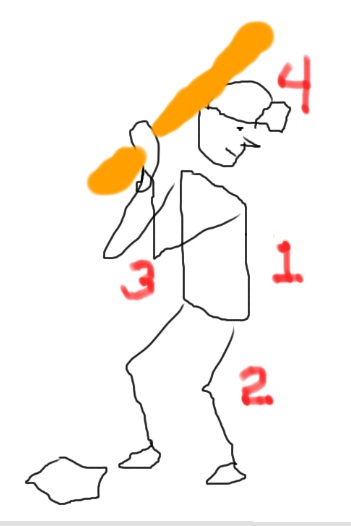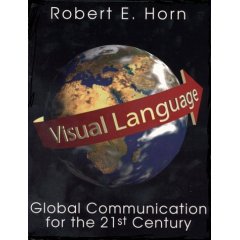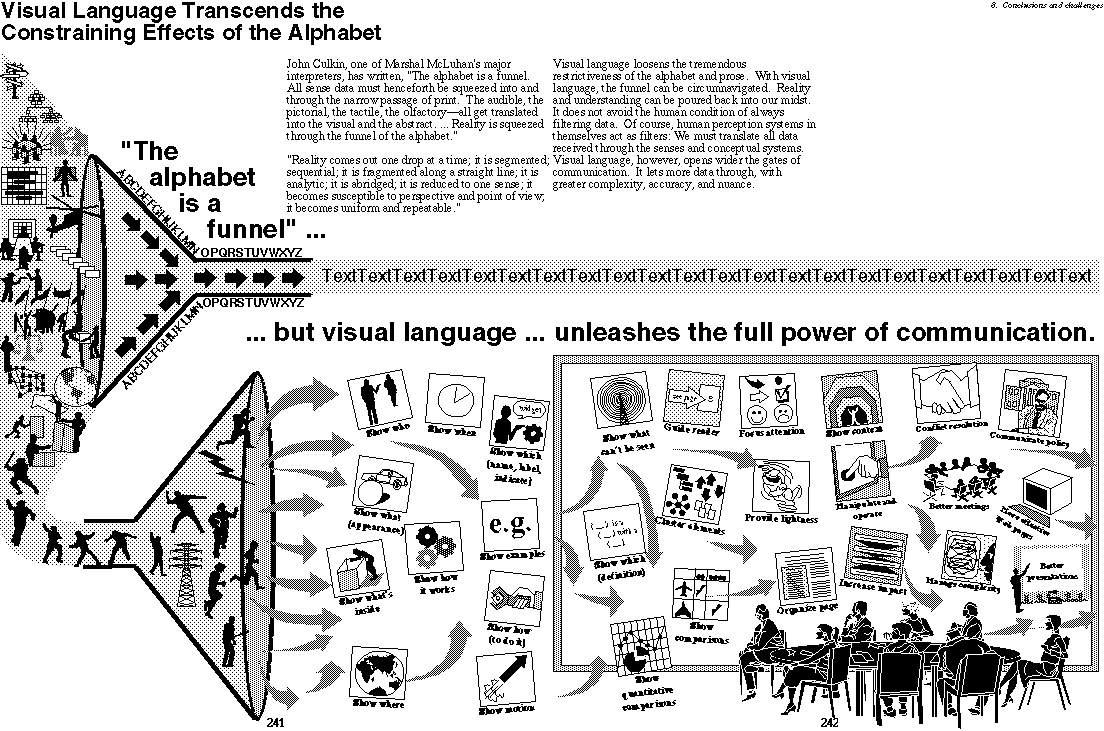 One of the first events in the VizThink conference was a very quick “learn to draw” session with Dave Gray, CEO of Xplane. He had us draw some very basic shapes, then taught us to “take the stick figure to the next level”. People instinctively start with the head, but he recommends drawing the head last.
One of the first events in the VizThink conference was a very quick “learn to draw” session with Dave Gray, CEO of Xplane. He had us draw some very basic shapes, then taught us to “take the stick figure to the next level”. People instinctively start with the head, but he recommends drawing the head last.
- Start with the body, which communicates the action
- Draw the legs next
- Then the arms
- Finally, the head
Dave sees this kind of drawing not as art, but as a means to communicate, and encourages everyone to try it. His argument runs:
Every 5 year-old can draw
You were once a 5 year-old
Therefore, you can draw.
It doesn’t have to look just like the real thing for someone else to understand it, so you don’t have to be an artist to use drawing to communicate.
Here is his popular 2005 blog post on how to draw a stick figure. In this one, he starts with the body, as above, but draws the head second. And here is his 2007 post on how to draw a stick dog. This uses the body first, head last process. I think his thinking on the best order has evolved over the past couple years.
I drew this picture on my laptop, using the touchpad and a new program I tried at the conference, Alias SketchBook Pro (now Autodesk SketchBook Pro). It was designed to be used with a tablet PC and works well for artists who use a Wacom interactive display or tablet. It has a number of drawing tools like pencil, ballpoint pen, marker, chisel tip, brush, and airbrush, and a unique semi-circular menu that sits in the lower left or lower right corner of your screen. I’ve only begun to explore it, but it looks fun and powerful!


